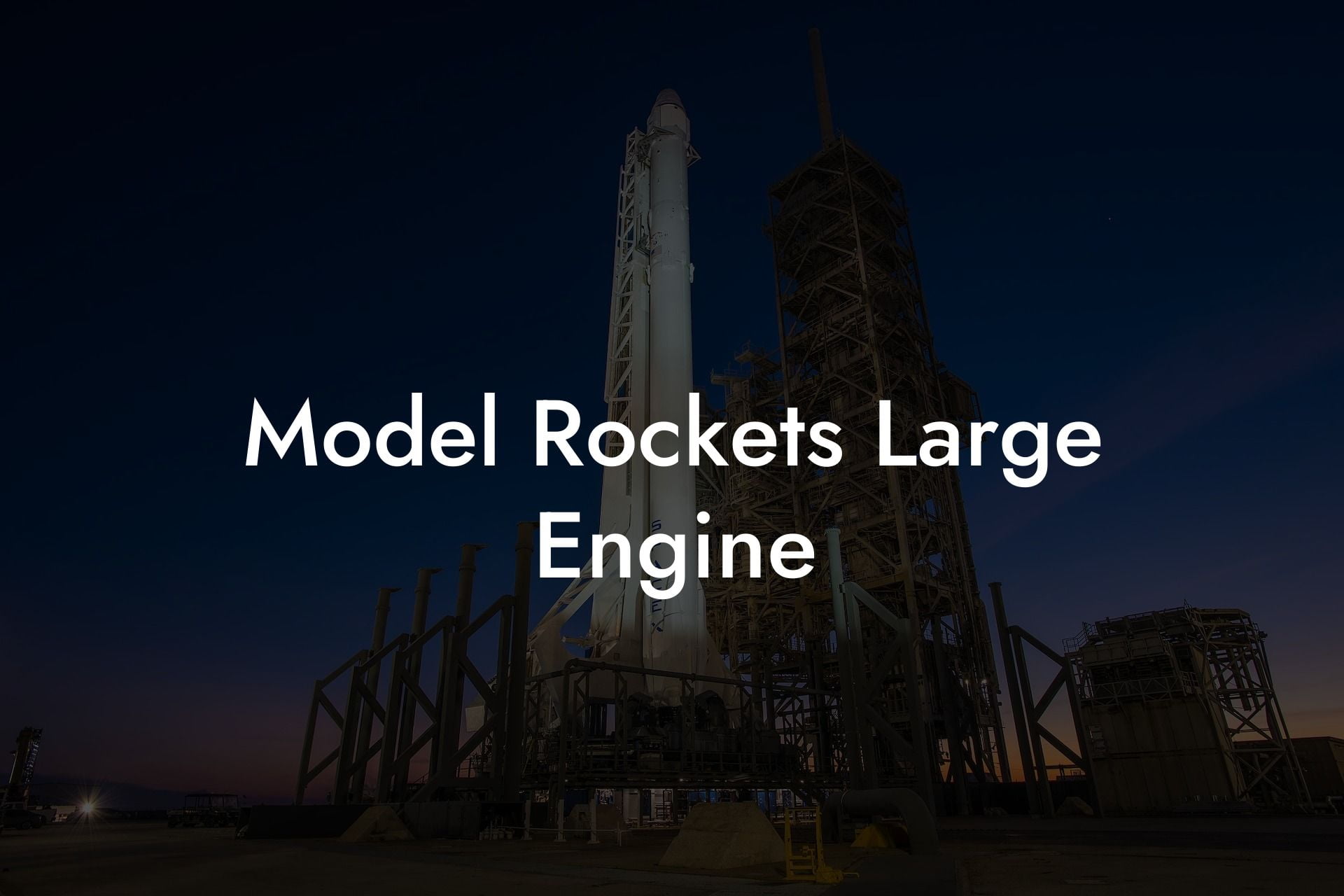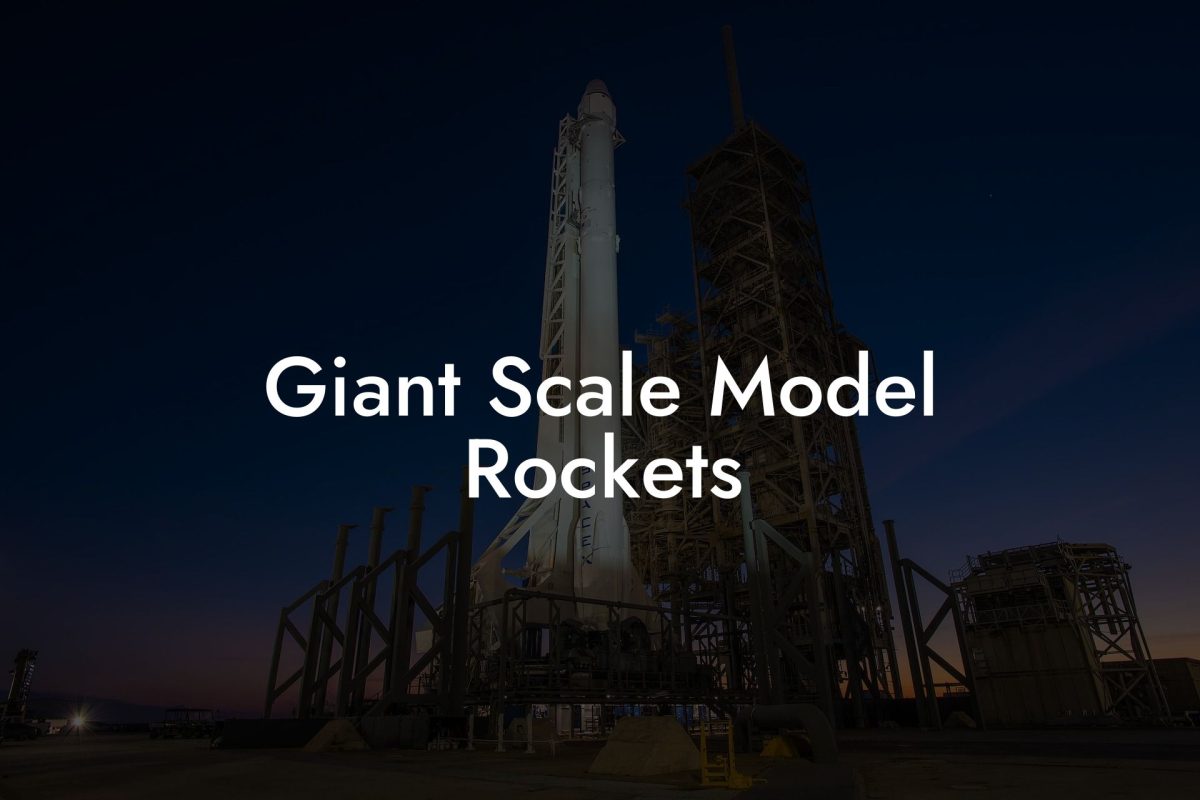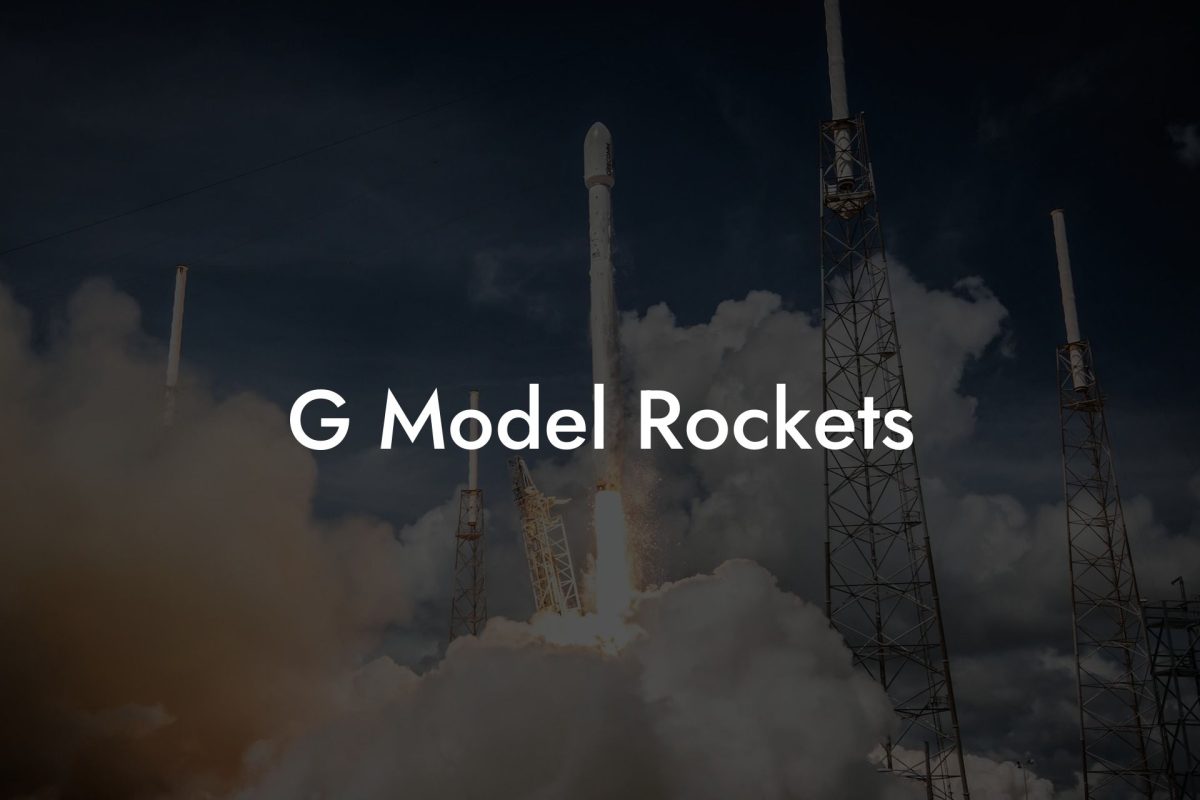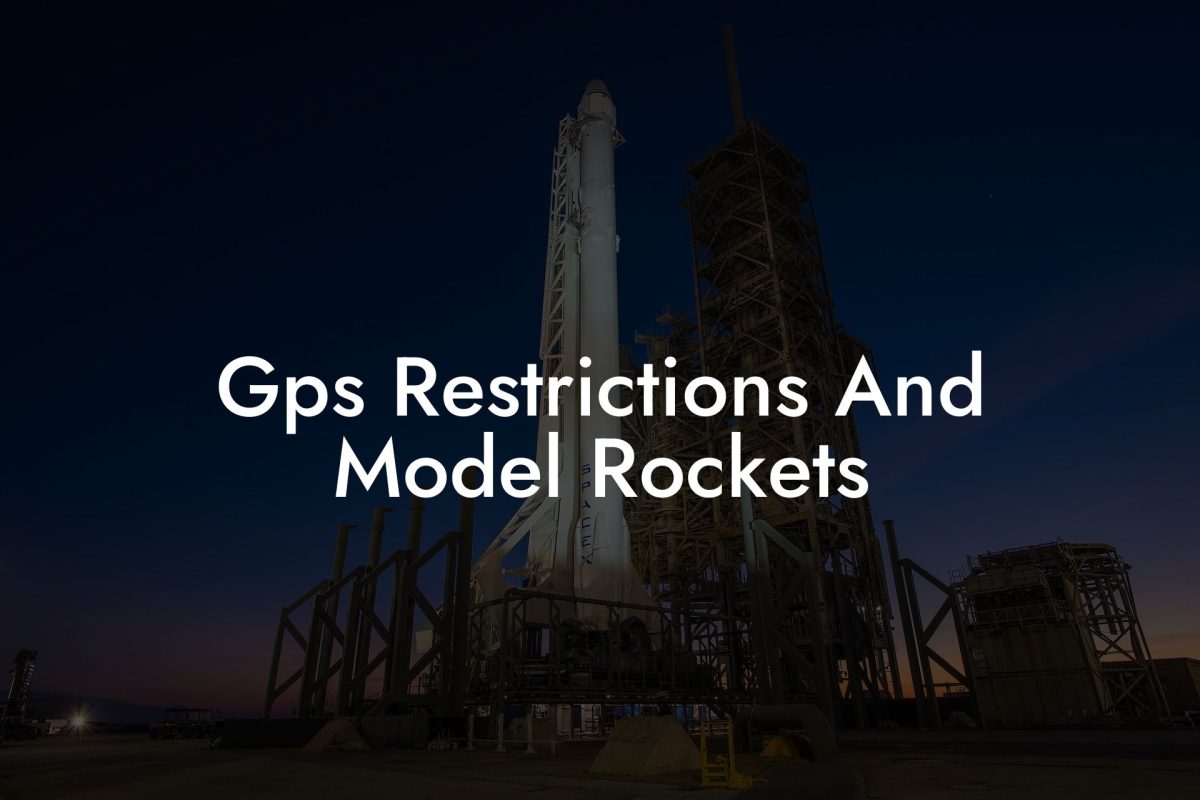If you're a rocket enthusiast or an aspiring hobbyist in the world of model rockets, you're going to adore getting your hands on a model rocket with a large engine. These larger engines provide a thrilling experience, with higher altitudes and impressive speeds. So, fasten your seatbelts and get ready to learn about model rockets with large engines, as we guide you through the basics, the benefits, and even give you a real-life example.
Model Rockets Large Engine Table of Contents
Understanding Model Rocket Engines
Before we dive into large engines specifically, it's essential to understand how model rocket engines work in general. Model rocket engines are comprised of a mixture of fuel and oxidizer that burns to create a high-pressure gas, which is forced out through a nozzle to propel the rocket into the sky.
Engine Sizes and Classifications
Model rocket engines come in various sizes and classes. The size of the engine determines the amount of thrust generated, and the class indicates the total impulse range (total force or power) delivered by the engine. The engine classes are designated by letters, starting from A (the smallest engine) to H (the largest, typically used in high power rocketry).
When talking about large engines, we usually refer to those within the D to H range, which deliver a greater amount of power and lift heavier rocket designs.
Components of a Model Rocket Engine
A model rocket engine typically consists of the following main components:
- Engine Casing – The outer casing that holds the components together and mounts the engine within the rocket.
- Propellant – The solid fuel made of a mixture of ingredients that burn to produce thrust. Large engines often use composite propellants rather than the black powder found in smaller engines.
- Nozzle – The opening through which the high-pressure gas escapes to provide thrust.
- Ejection Charge – An explosive charge that deploys the recovery system at a predetermined moment during the flight.
The Advantages of Large Engines
There are several reasons why someone might choose a model rocket large engine, including the following benefits:
- Higher Altitudes: With more power, large engines can propel rockets to much higher altitudes, increasing the excitement factor and providing a more impressive spectacle.
- Greater Thrust: A more significant thrust means the rocket can accelerate more rapidly, allowing it to punch through strong winds and turbulence with ease.
- Bigger Rockets: Large engines offer the chance to build and launch larger and more complex rockets, expanding the hobby's creative possibilities.
- Enhanced Experience: Lastly, there's something undeniably exhilarating about launching a model rocket with a large engine. The anticipation, the sound, the smoke, and the high-altitude performance all contribute to a truly engaging experience.
Model Rockets Large Engine Example:
Imagine you're setting up your newest creation on the launch pad: a sleek, 4-foot tall rocket powered by an Estes F15-4 engine. This composite engine, classified as a high-power motor, delivers 52.2 Newton-seconds of total impulse, providing robust thrust and lifting capacity for your substantial rocket.
As you step back and press the launch button, the rocket roars to life, the smoke billows around the launch pad, and your creation hurtles skyward, reaching altitudes exceeding 1500 feet. As the crowds around you gasp in awe, you can't help but feel a massive sense of accomplishment, knowing that your hard work and dedication to the hobby have paid off.
Model rockets with large engines provide excitement and possibilities that just can't be matched by smaller-scale launches. So why not take your passion to new heights? Keep exploring the incredible world of model rocketry by reading more guides on Austin Rockets, and don't forget to share this article with fellow enthusiasts who might be interested in taking their hobby to the next level. Remember, the sky's the limit, and with a large engine, you'll get a lot closer to reaching it.













